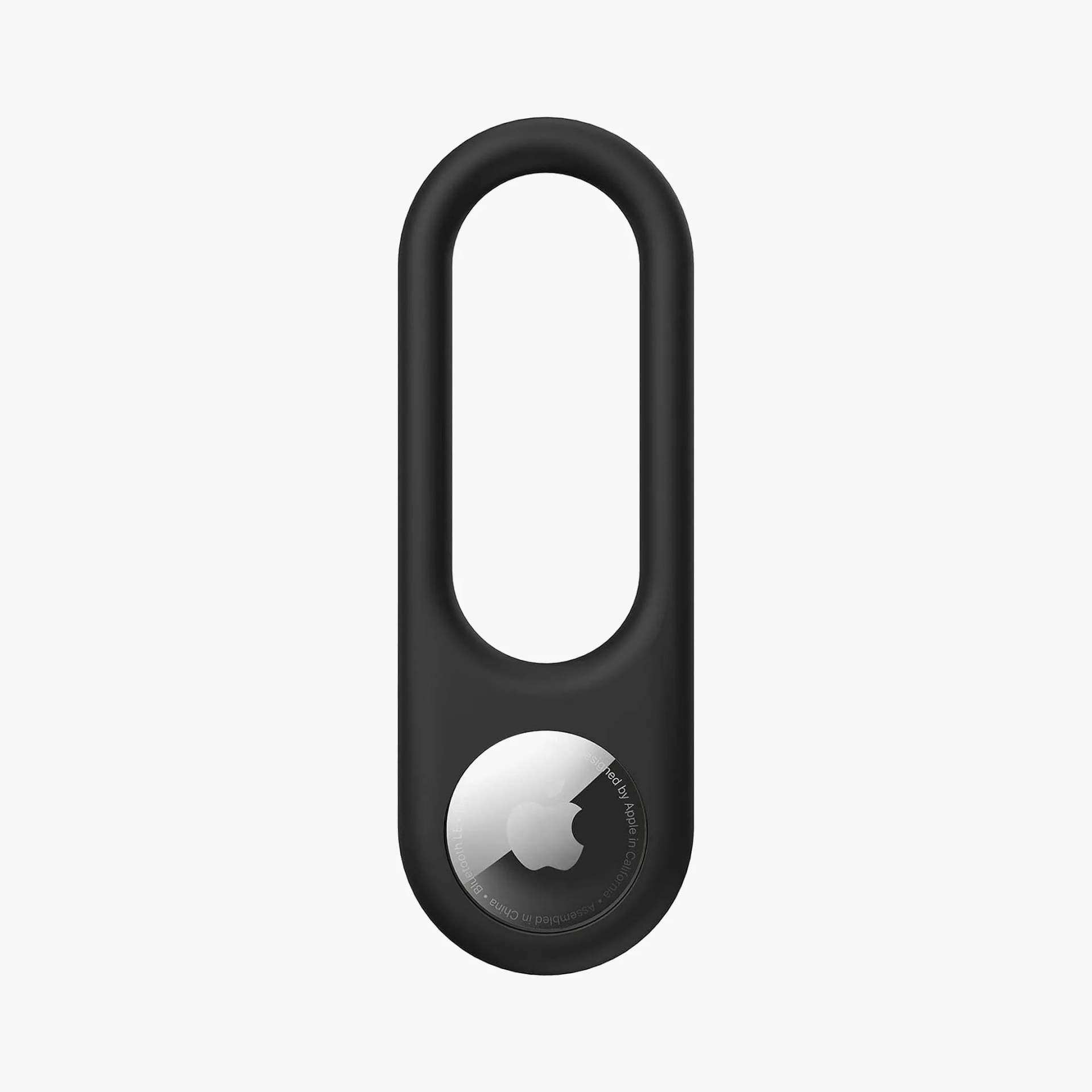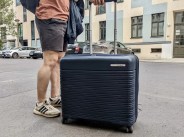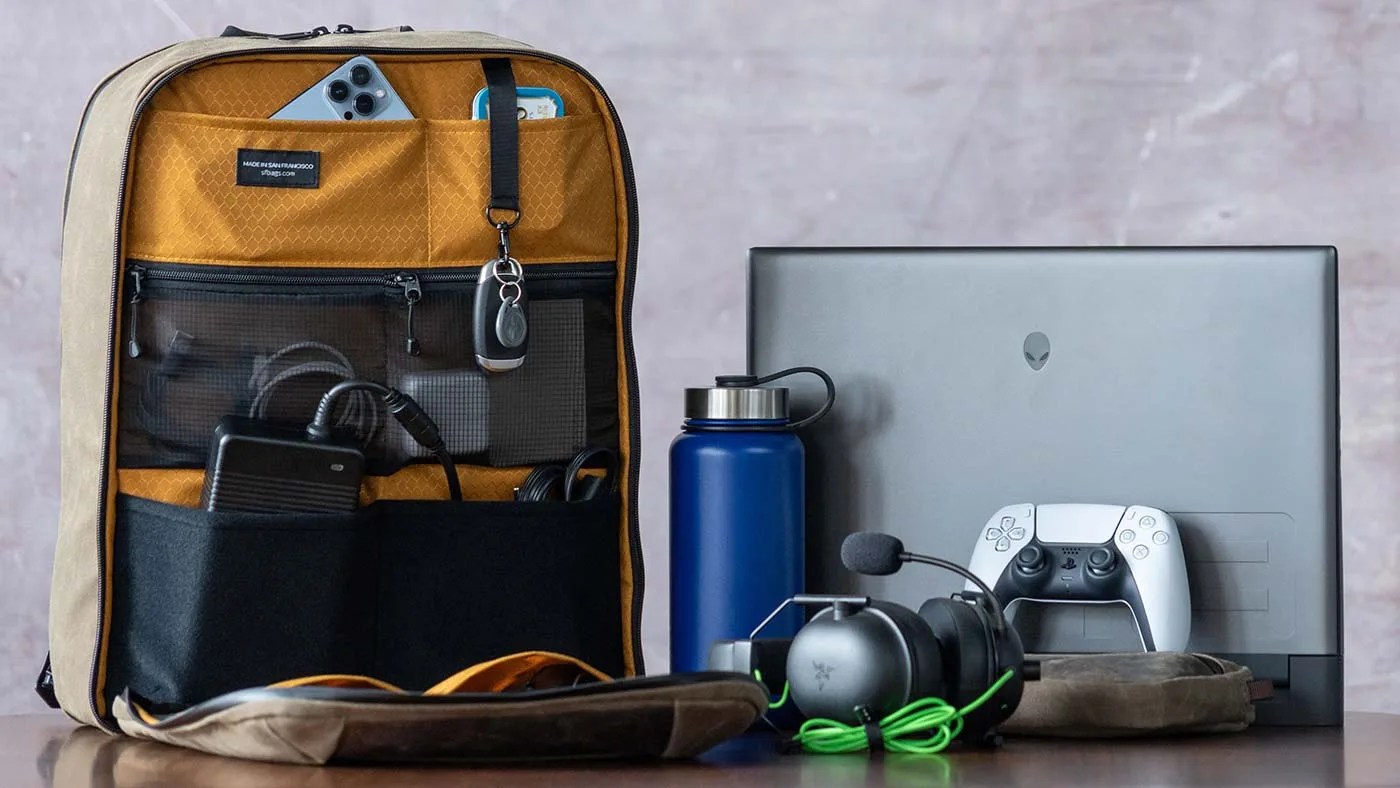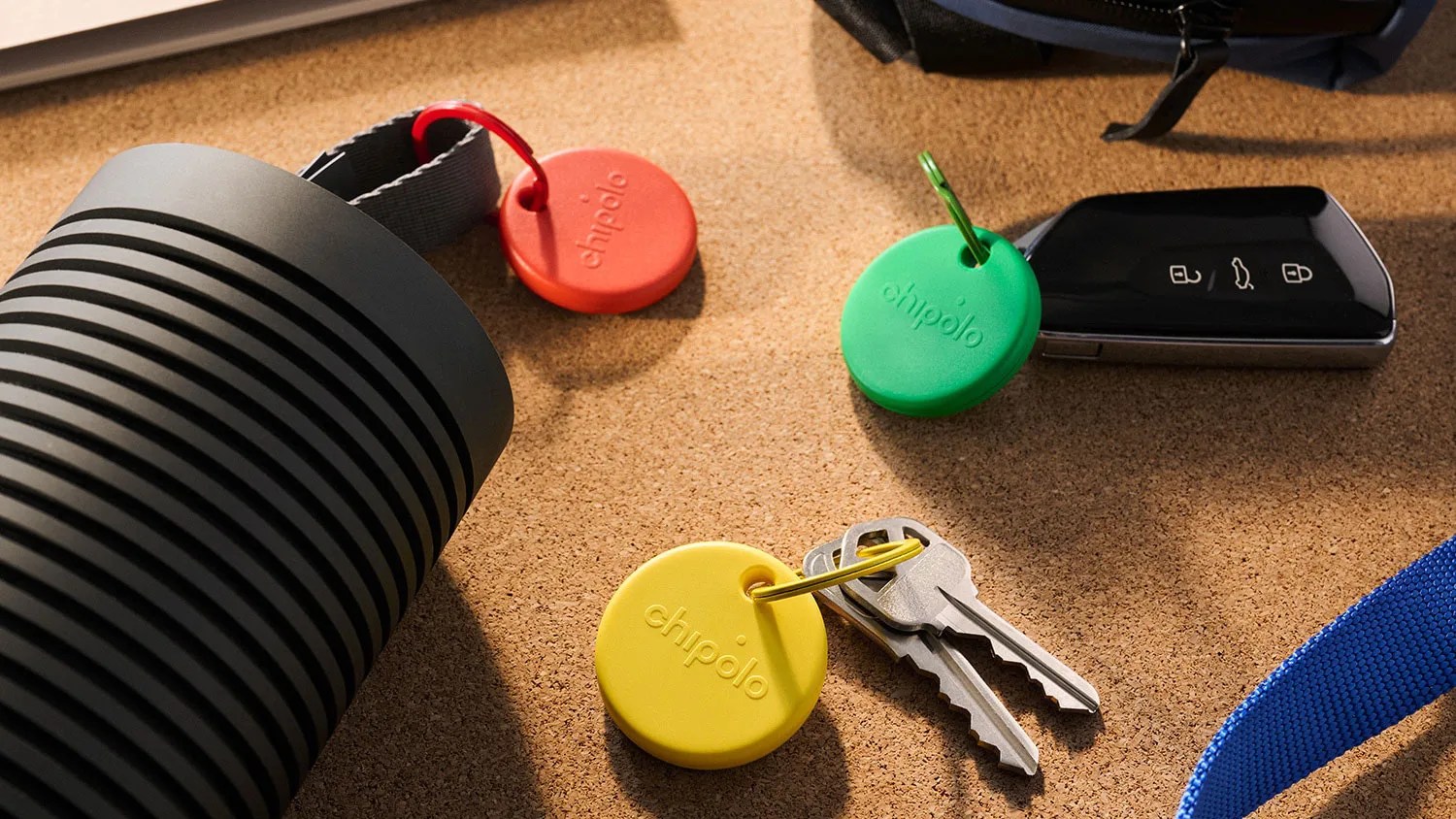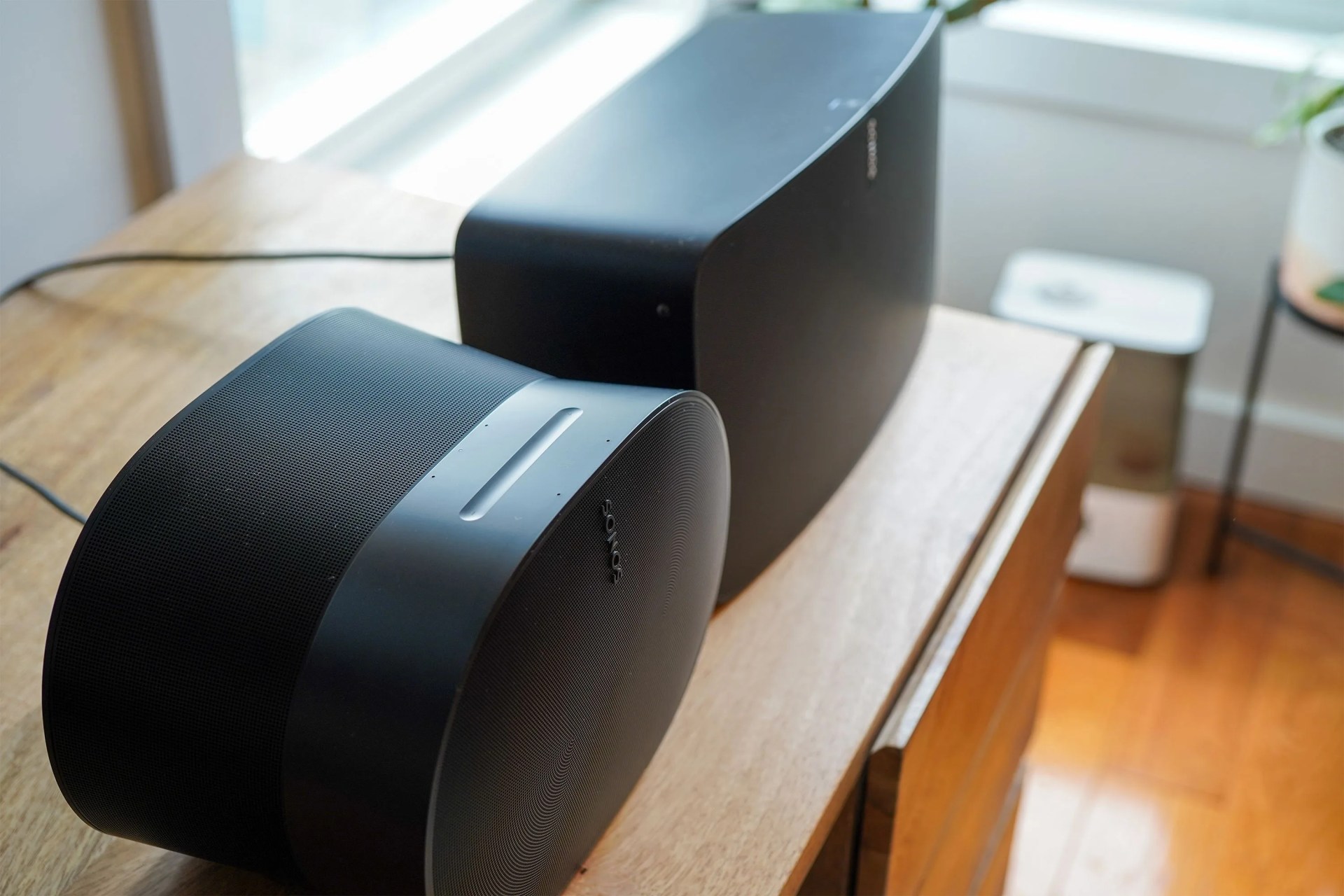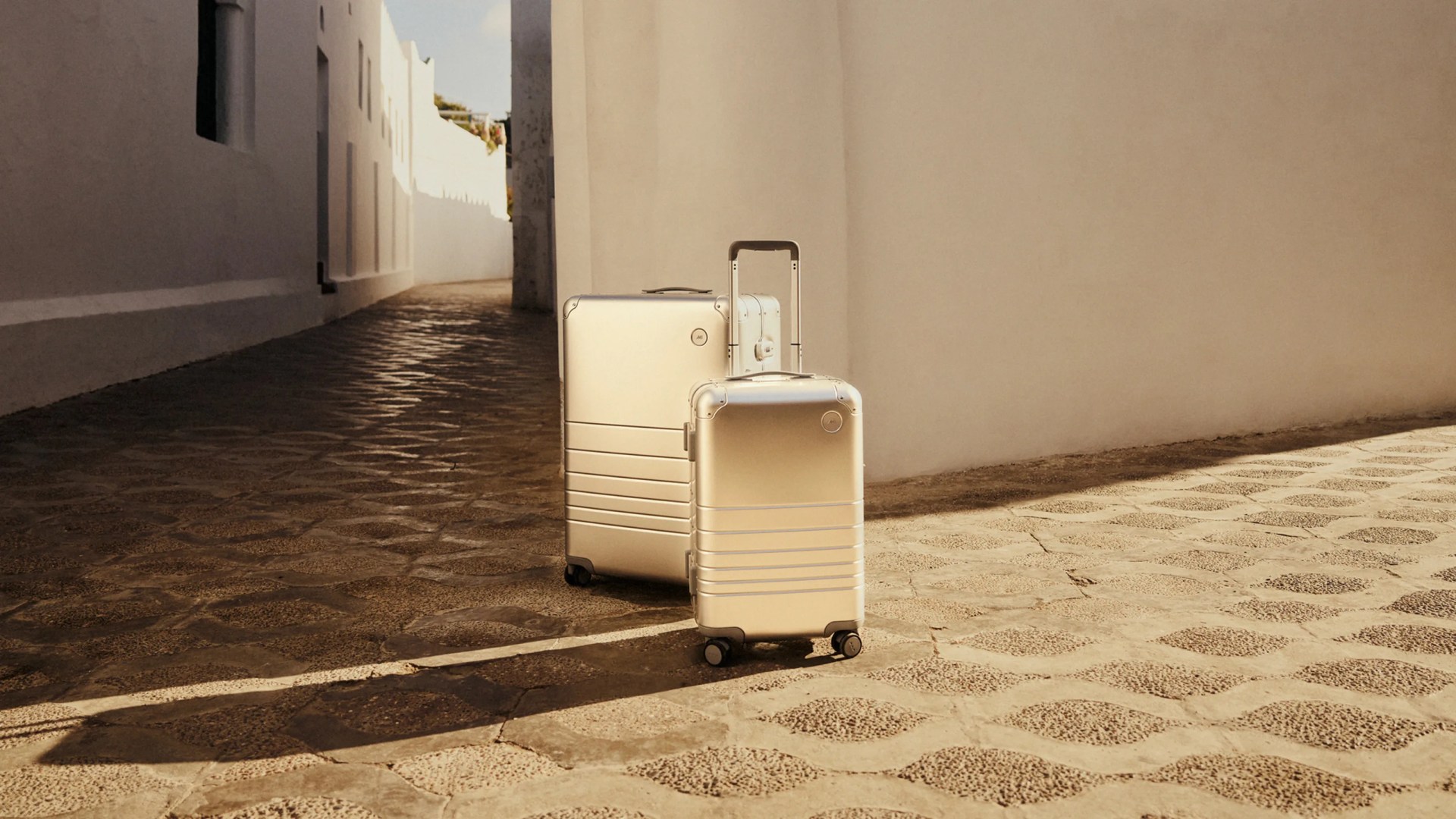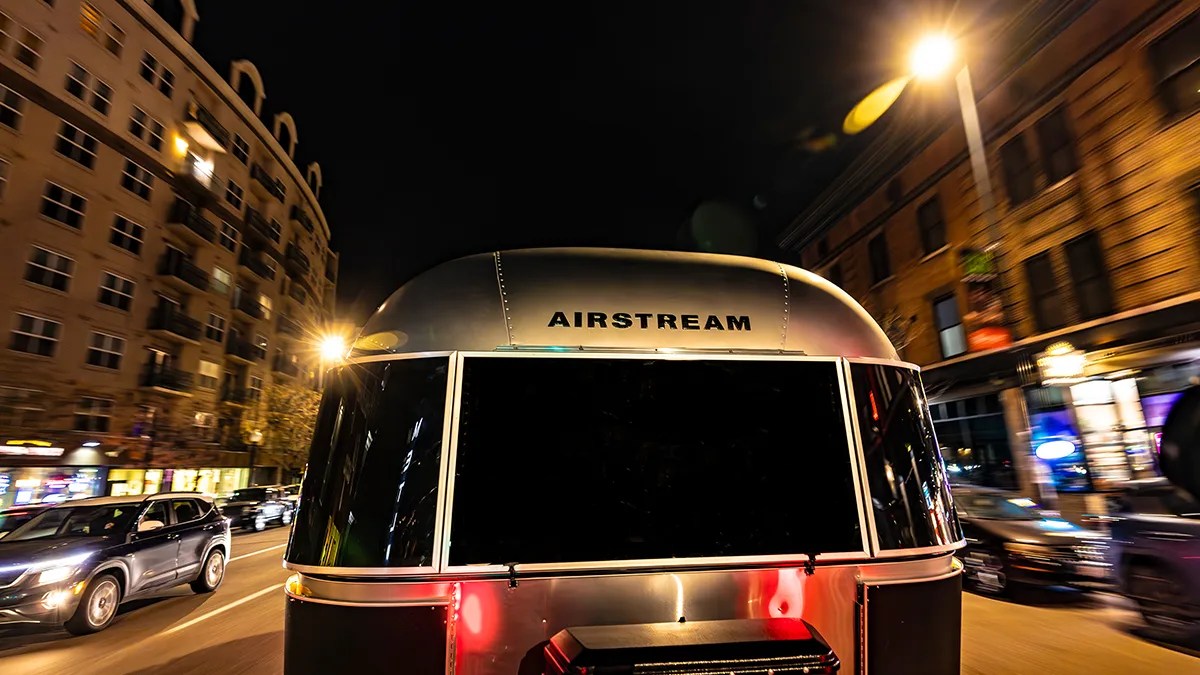Lost luggage is on the rise. After a decade of dwindling rates around mishandled baggage, the number of lost, delayed or simply damaged luggage nearly double after COVID-19, according to the most recent SITA report.
Even pre-pandemic, there was no guarantee that a checked bag would be waiting for you at your destination after you land. And the contents of your luggage aside, it’s not like suitcases themselves are exactly cheap.
The good news is that it’s both easy and affordable to add an extra layer of security. How? Use an AirTag, of course.
Why You Should Never Fly Without an AirTag
In 2024, plenty of airlines offer tools within their apps to track your bag(s) as you board, land and deplane. But can you trust them?
A couple years ago, aviation analyst and travel journalist Alex Macheras was able to track down his friends’ bag using an Apple AirTag. His friend, who’d flown to him from Paris, landed without luggage, but the airline insisted it had been loaded onto the plane.
Macheras, however, managed to prove the bag was left behind at Paris’ Charles de Gaulle Airport, a Twitter thread of his revealed. The airline overnighted the bag, and she received it the next day.

